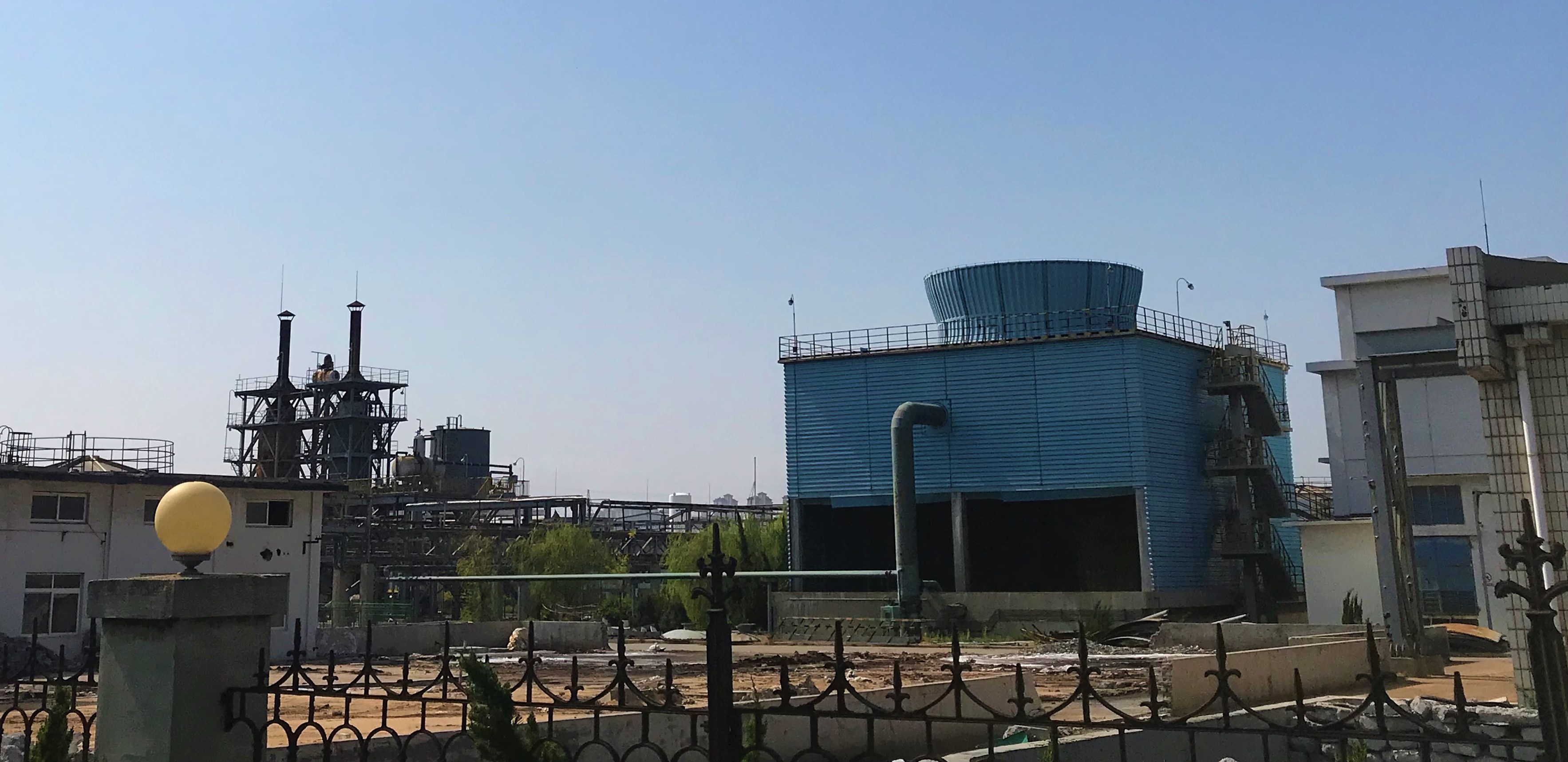
Overview
Our project lays emphasis on a vital aspect of energy utilization, thus it is crucial that we have thought carefully and creatively about the impact of our work and acquired the guidance of the design and experimental methods in our project from the interaction with stakeholders and experts.
Firstly, we designed special brochures to enlarge our team.
The next section, Background, is about the development of nitrogenous fertilizer production in China as well as the fact that free nitrogen, though substantial in the air, needs to overcome considerable obstacle to react with other substances at normal temperature. These have motivated us to further explore the actual effect of fertilizer.
By meeting with stakeholders and experts, we were able to initiate the original idea of utilizing solar energy to fix nitrogen, modify the experimental methods and reform our design of device to be more relevant and responsible. The section of Integrated Human Practices alsodemonstrateshow our project advanced as the interactions with stakeholders and experts went on over time.
Brochure

Initially, to spread iGEM and get more students on board with us, we printed and sent out brochures designed by our team, which ultimately attracted students from different majors, equipping our team with various talents.
You can click here to download the PDF file of our brochure.
Background
Nitrogenous fertilizer production has been playing a pivotal role since the 20th century. Yet, the fact is that the average soil nitrogenous fertilizer storage all around the world is rather small. What’s more, the accumulation of nitrogen in the soil is a tough process, and modern intensive agriculture leads to the excessive loss of organic matter and nitrogen in the soil. Under most conditions, the production of nitrogen in yield per unit is higher than that of phosphorus and potassium nutrients.
In the past decades, the industry of nitrogenous fertilizer in China has made remarkable achievements through unremitting efforts, with capacity for indigenous innovation constantly increasing. By 2017, China has become the largest producer and consumer of nitrogenous fertilizer, greatly contributing to the development of fertilizer industry and agriculture around the world.
With the implementation of China's "five-in-one" policy, a large number of contaminating factories have been shut down. We noted that Yantai Wuzhou Feng Fertilizer Plant is located in the water conservation area of Beijing-Tianjin-Hebei Province, and its traditional method of producing nitrogenous fertilizer consumes massive energy, meanwhile, causing large quantities of pollution, which severely affects water and soil resource in the environment.

Integrated Human Practices
Xiaohe Bei Village
We visited farmers in Xiaohe Bei Village, Ju County, Rizhao City, Shandong Province, so that we could communicate with the users, direct stakeholders, of nitrogenous fertilizer.

During the conversation with them, we were informed that the nitrogenous fertilizer sold on the market is of high cost, and the quality of it couldn’t be guaranteed. Farmers are in urgent need of fertilizer products with guaranteed quality and affordable prices.

Based on our previous work (Nanjing-China 2016) on photosynthetic hydrogen production, we wondered whether we could utilize solar energy to fix nitrogen, which is an environmentally-friendly and economical method for production.
Yantai Wuzhou Feng Fertilizer Plant
With the idea of photosynthetic nitrogen fixation, we contacted Yantai Wuzhou Feng Fertilizer Plant.

During the course of the exchange, the manager of Yantai Wuzhou Fertilizer Plant, Mr Li, told us the technical bottlenecks encountered so far. The main production of nitrogenous fertilizer, urea, was still following traditional methods, with liquid ammonia and carbon dioxide as raw materials and then urea directly synthesized under conditions of high temperature and pressure.


After fully understanding the current production and demand of nitrogenous fertilizer, we introduced our project to them, and proposed applying synthetic biology to realize photosynthetic nitrogen fixation, which would not only cut down cost but also effectively reduce environmental pollution. They expressed great interest in the application of synthetic biology for nitrogen fixation and the use of solar energy, a clean energy source for production.

Yet, they raised some problems that might arise in the production process as well, such as the contamination of cadmium sulfide, semiconductor materials attached to the surface of Escherichia coli, whether cadmium sulfide would affect the physiological activity of Escherichia coli or not, how to convert nitrogen fixation inside engineered bacteria into mass production of nitrogenous fertilizer and so on. We carefully collected these problems above.

Improvement of our project
When we came back, we seriously considered these practical problems in experimental design and continuously improved experimental method.
Firstly, toxicity test was conducted to determine the maximum amount of Cd2+ that is agreeable for E. coli growth.
For further information about this experiment, please check it out on our protocol and result page.
Moreover, in order to apply our nitrogen fixation system to practical use, maybe into mass production in the future, we also came up with an idea of designing a device for the growth of engineered strain. Our integrated human practices strategy helped us to look at how we could make our device as user-friendly as possible.
Interactions with microbial researchers
At the beginning, we designed a device consisting of 3 modules: incubation, illumination, control, which is suitable for engineered strain to grow and participate in reaction under adjustable light conditions.

Our interactions with microbial researchers shaped our final design and made it possible for practical application. When xenon modulator tube is illuminating, it would heat the air inside incubator, thus making the environment unfavorable for our engineered strain.
To solve this problem, we were advised to place a reflux condenser to cool the xenon modulator tube, keeping the most suitable temperature.






